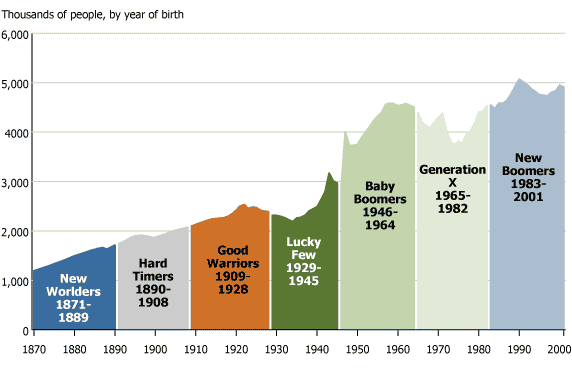This title of this course is "Technology and Leadership" and it was this course’s title as well as my love of and affinity for technology that caused me to select this course to take as an elective. After having gone through the course, I realize that my top takeaways from this course from Britt and all of my peers in this course is that at the end of the day; it is all about people. It is about managing leadership, people, society and culture by being an effective change agent. I can’t say that I learned significantly more about technology in the past eight weeks or how to use technology more effectively in my leadership role – and I say this without intending any offense - I say it because that is what my assumption was that this course was about.
Instead, I learned much more valuable lessons and strategies from my peers’ leadership styles and perspectives and realized just how many of us are facing the same questions and problems surrounding technology and leadership within our varied jobs and institutions.
Britt and Patrick Gross gave me an ‘a-ha’ moment when they mentioned that technology and leadership is ultimately about societal and cultural change. It's not that I was completely ignorant and unaware of this element; but I don't think I gave it the proper gravitas that it deserved.
You can have the best leaders in the world and the latest technology; but if these leaders are unable to effectively integrate the latest technology in a way that is accepted by the people and the culture of their respective domains and institutions; then nothing will be accomplished but a successful failure. Successful failures are just expensive dead ends that aren't good for anyone involved, in my opinion. There is tremendous potential in new technology, but unless it is wielded wisely and well, most of it will amount to no more than a costly, faddish fling with distracting devices (Hess & Saxberg, 2014).
My leadership has already changed as a result of this course and like many of my past courses in this Ed.D program; I have learned much and have adapted much of what I learn into my day-to-day role as a leader in my institution. I am in the midst of evaluating an iPad pilot proposed by our academic dean and have been caught in a crazy tug-of-war between several top level leaders who have been intoxicated by technology and in their technologically induced drunken haze; they are not seeing or thinking clearly. This course has given me new perspectives and words and strategies that I didn't have just 8 weeks ago to help sober up the technologically drunk and to keep them from drowning and losing focus.
If we lose focus and focus only on technology and how we can implement technology, then we lose sight of the key element – which is the people. It is the people who will be affected by the technology. The people, the culture of the institution and even society at large must be a part of our focus. From the IT staff to the institution’s lowest end-users; everyone is affected when new technology is introduced or implemented. After all, technology always seems to be ripe with promise, but experiences using new technologies often have left end-users exasperated and wary (Hess & Saxberg, 2014).
As we go into the future as leaders, we must also learn to think like an engineer – a process engineer of sorts if you will. Engineers in any field operate by identifying problems to be solved, designing smart solutions consistent with the relevant science, and figuring out how to make those solutions feasible (Hess & Saxberg, 2014). Leaders are change agents. Leaders are innovators, planners, problem-solvers, strategists and forward thinkers. Leaders must help to engineer the changes that are necessary and a lot of this is accomplished only by being aware.
I have taken away so much more from this course than I initially imagined and it truly has been one of my best learning experiences in this program. I sincerely believe that this course should be a core course in the program (and I don’t share that opinion about all of the core courses that we currently are required to take).
Thank you, Dr. Britt Watwood and to all my peers and future leaders in this class for all that you have shared and have taught me in the past 8 weeks. It has been awesome and I will definitely miss the great topics and discussions.
Pat
References:
Hess, F. M., & Saxberg, B. (2014). Breakthrough leadership in the digital age: using learning science to reboot schooling. London: Corwin.
http://www.amazon.com/gp/product/1452255490/ref=as_li_qf_sp_asin_il_tl?ie=UTF8&camp=1789&creative=9325&creativeASIN=1452255490&linkCode=as2&tag=aeor-20


.gif)





















